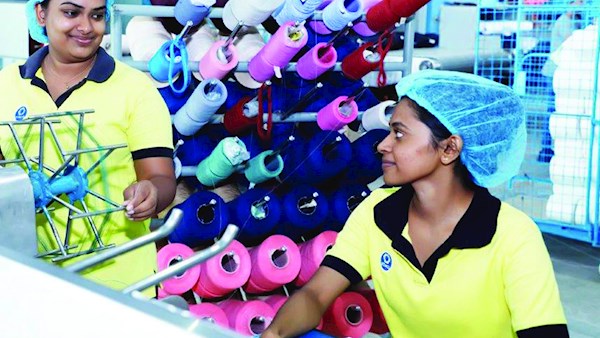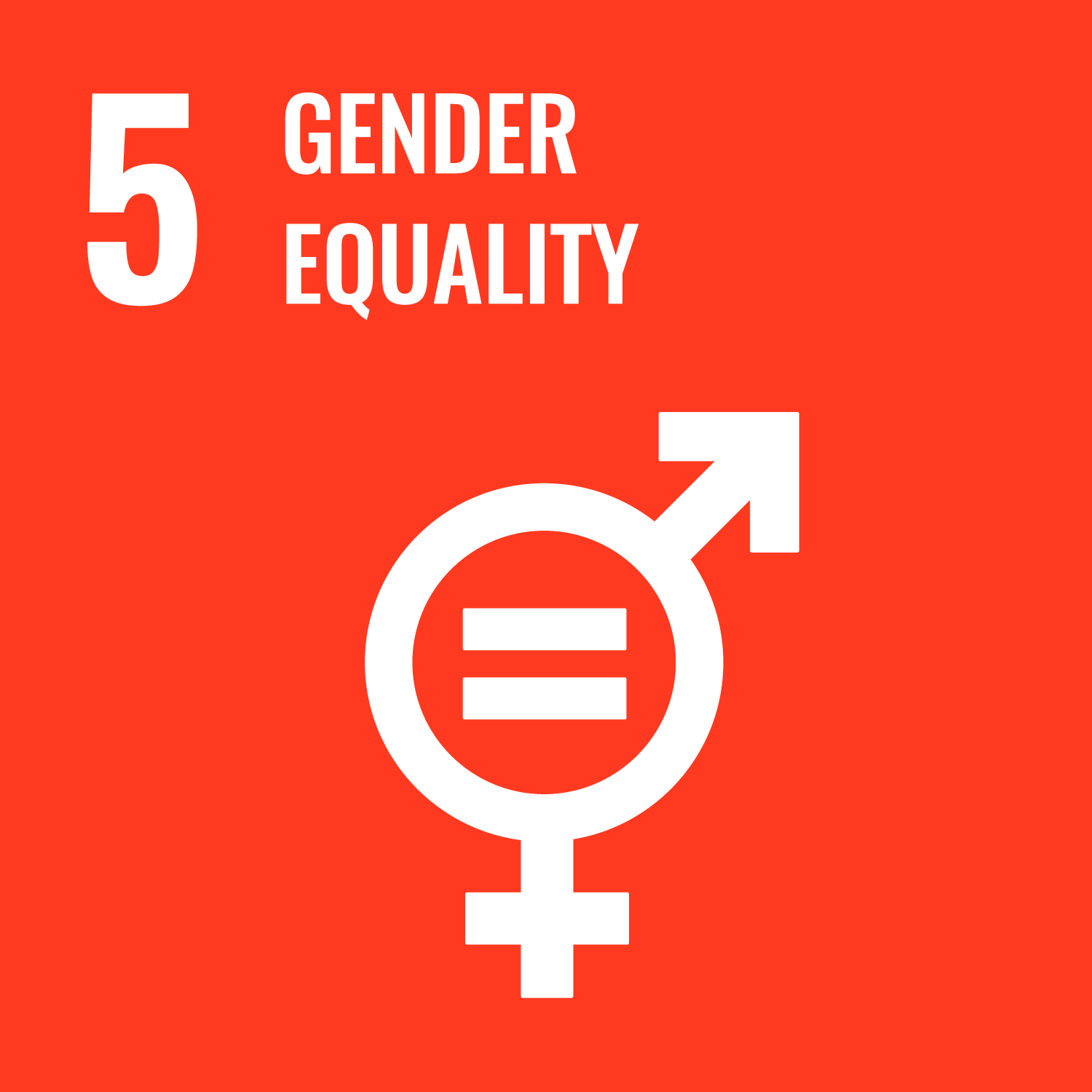
Building a more diverse and inclusive business in Sri Lanka

For many years after operations commenced there in 1981 the bulk of our employees in Sri Lanka were men.
Attempts to change this had previously faltered on cultural and organisational barriers. By 2015 only 4.5% of employees, and only 3% of shop floor employees were women, with none working on production machines. A new campaign was started in 2015. A number of structural and organisational changes were made to ensure that women felt comfortable and supported working in production environments. Initially the changes provoked some resistance from existing employees and unions, but through dialogue and training and a focus on the need to provide employment opportunities to women for the benefit of all, this resistance was rapidly turned into full support for the programme.
In 2016 the first women started operating production machines, and working on all three shifts and there has been steady progress since then. Initially women were integrated into winding operations, and in 2019 this was extended to operating dyeing machines, and there are now women representatives on the company H&S committee also. The percentage of women employees has risen to 16% and 18% of shop floor operators are now women. Importantly this progress is not limited to factory roles; in 2015 there were no women in the field sales team and now it is 40% women, and 25% of executive roles are now held by women, up from 8% in 2015.
This shows that rapid progress in gender diversity can be achieved with a clear programme and full management support.
